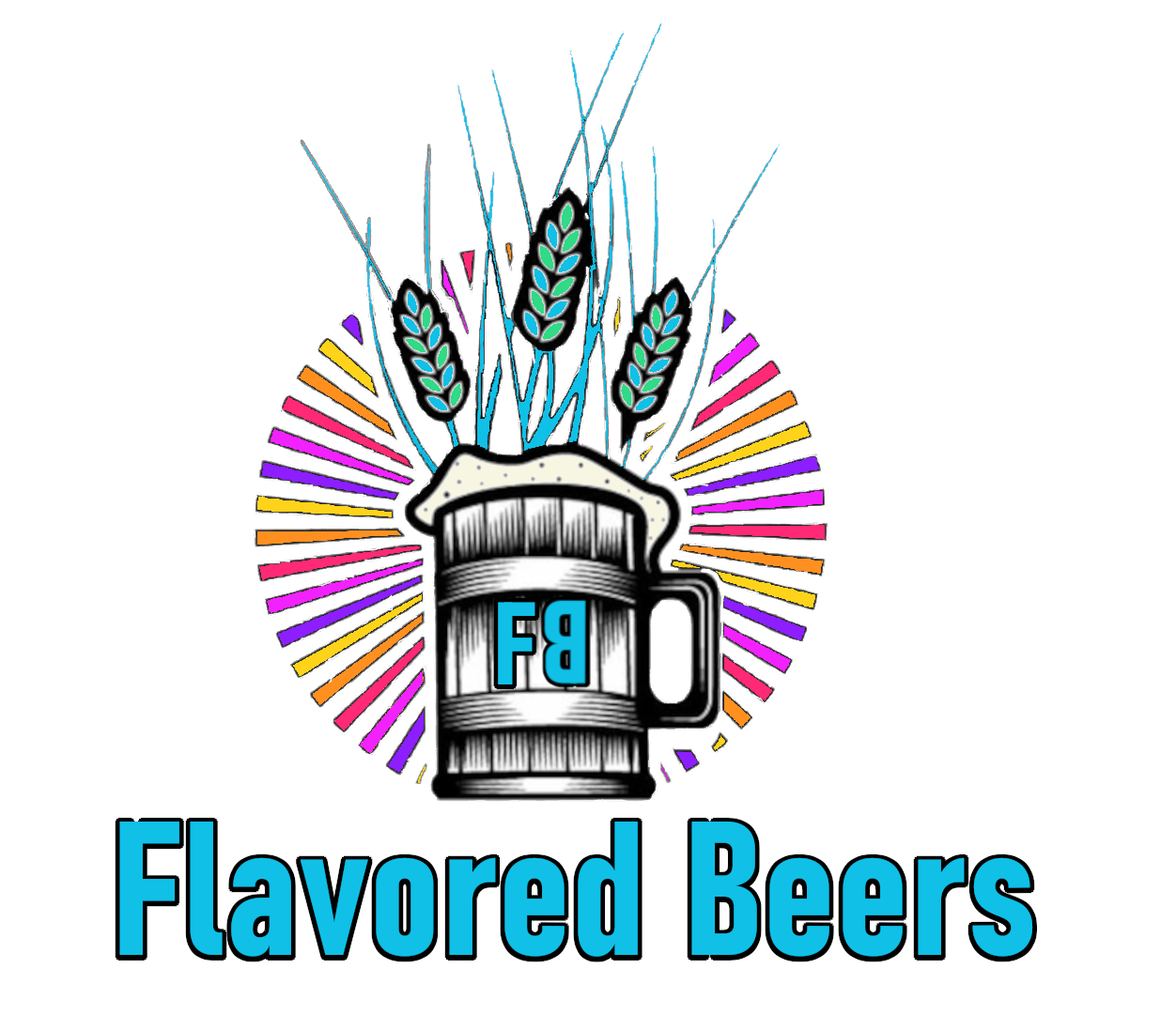BEERDUCATION


Glassware
Cheers! Prost! Salud! Kanpai!

SO MANY OPTIONS
Did you know there are over 24 types of beer glasses? There are about 10 most commonly used around the globe, but what’s all the fuss about? Most of us have our wide array of pint glasses scavenged from the various land of beer drinking, but there are many more style of glass, with different purposes!

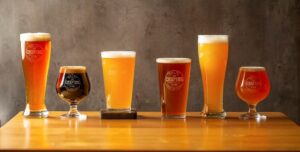
WHAT'S THE POINT?
Some beer glassware is meant to show the colors of a beer off, while others help enhance flavors by not allowing sediments of fresh ingredients to stay at the bottom, or keep the foamy head at the top for a bit longer.
Here are some of the more popular types of beer glasses and their various purposes for maximum enjoyment of your favorite brew!
Pint Glass
Also known as a shaker glass, the American pint glass is by far the go to for beer drinkers across the world, if not at least the United States. Typically holding 16oz of liquid, this glass is cylindrical with a smaller base that gets larger toward the top.
There is also an English pint glass! Both glasses are very similar, however the English pint typically holds a whopping 20oz of beer, and has a lip near the top. It is also referred to as a Nonic or Imperial glass.
The pint is by far the favorite for establishments and individuals. They are inexpensive, stackable, easy to clean and (usually) durable. Save your glass! Pro tip: If your pints ever get stuck together, give them a LITTLE tap on the side of the glass where the inside glass’ base is stuck to the outer one. You’re welcome!
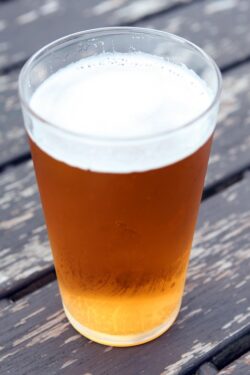
Beer Mug
When your beer wants to make a statement, it gets poured in a beer mug! Very common in the United States and Western Europe, this glass typically holds large quantities of beer, is heavier due to the thicker glass, and comes in many sizes. They are even usually strong enough to toast your friends like the movies!
Beer mugs are cylindrical in shape, usually straight up and down with no curves. The glass is thicker than other beer glasses so it can insulate your beer, and comes with a handles so as the beer warms your body, your hands don’t warm the beer!
You might find dimples on the bottom of your glass. Urban legend has it that these dimples help bring out the colors and full aroma of the beer, but it is a leged, not everyone believes the story. What do you think? Whatever the truth may be, one fact is not legend – these ar a great type of beer glass for any occasion or shelf!

Beer Stein
Beer steins are very similar to mugs, but there are unique differences with their characteristics. For starters, steins stand apart due to having a hinged lid and a lever to open the lid. Also, steins come in many forms other than glass, including pewter, stone, porcelain and even wood.
The word Stein actually is an abbreviated form of the full German word Steinzeugkrug, which means tankard / stoneware jug. Steins were very common in 16th century Europe. The belief at the time was that “keeping a lid on things” would help prevent the spread of the Bubonic Plague. Many populated areas even required that food and drink be covered with lids.
Even though beer steins are still used today, they are commonly found being used for special events rather than in daily beer drinking. Many steins have ornamental designs, are more often found on a beer connoisseur’s shelf to show off to their friends than to drink out of.
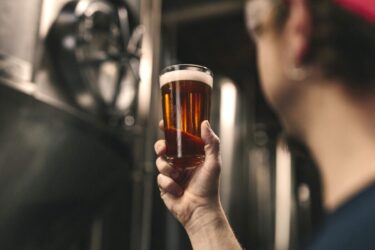
Chalices and Goblets
Chalices and goblets are in the fancier realm of beer glassware, but they sure catch eyes when they appear! This type of glassware can come in many size, there is no “standard”.
A goblet is simply a bowl shape sitting on top of a thick stem where the drinker usually will grab. Chalices are virtually identical although the term is usually reserved for thicker styles glass walls, and thus rather heavy. If you see a chalice or goblet with a colored rim like silver or gold, it simply is to accentuate the glassware more.
With such a large opening at the top, chalices and goblets are a great choice to really study the aspects of a beer such as aroma, look, and flavor profile. Heavier, maltier beer such as a German bock or Belgian ale are wonderful to enjoy in these beer glasses!

Pilsner Glass
Very popular in America and Europe, these glasses can come in different sizes but the standard is they usually hold a little less than a pint glass. It is a taller skinnier glass with little to no curves unlike the often confused Weizen glasses.
This is the go to glass for a lighter beer! The glass is usually more thin than a pint, and the slim shape allows taster to truly enjoy aspects of the beer like carbonation bubbles and colors. The slightly wider opening of the glass works similar to a pint, in that it helps retain the foam head and manifest the aroma and flavor profiles.
With pilsner glasses, you’ll definitely feel a little fancier than rocking the pints, although you may need to pour a couple extra to match your pint drinking friends. But hey, who’s counting?

Weizen Glass
Often magically appearing around Oktoberfest time and always a fan favorite anywhere in the world, the Weizen glass is tall, curved, and big. Whereas a Pilsner glass is more straight after its initial base curve if any, the Weizen glass has much more curve, and very often at the top.
Weizen glasses are known for their curve and size. Typically holding at least 1/2 a liter of beer, they have a strong narrow base before shaping inward, then outward yet again, giving the appearance of a wider opening than actually is. There is a method to this madness – these glasses were created for wheat beers (the term Weizenbier). The final curve at the lip of the glass is to enhance the aroma and flavor that comes from wheat beer by trapping the thick foam head.
Bar will often serve wheat beer with a side of fruit such as lemon or orange. While these fruits can enhance the flavor of the beer and are a fun little add on, the acidity from the juice destroys the foam head. Some beers are also flavored with extract rather than particles of fruit, and this mix can be better or worse. Perhaps try the beer first and let the foam settle before plopping that fruit in!

Snifter Glass
Many people are familiar with the snifter glass for use with brandy or cognac but few are aware of its benefits for drinking beer. This type of glassware may come in different sizes, but the common theme is the same – it looks like a wine glass on top with a big bowl, and a goblet on the bottom with a short stem, usually thin.
Just like a wine or strong spirit, a beer can be swirled in a snifter glass to really bring out the flavor profiles and aroma of the beer. It is of course best to not fill it entirely, as this would prevent from the fun experience of swirling your brew! If you have a stronger beer such as an IPA, this is a wonderful choice.
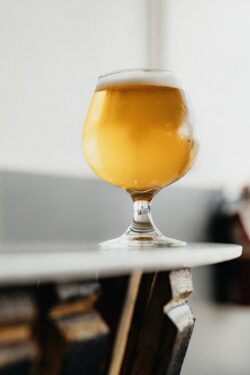
Thistle / Tulip Glass
More rare to find, these types of glasses resemble what you might find on a cruise ship holding a fruity cocktail with colorful straws. These glasses share characteristics of a snifter / goblet, and also a pint/pilsner with its top that opens.
The Tulip / Thistle glass has a flower bulb style bowl before it stretches and widens at the top, which allows the drinker to swirl their beer with fervor and less mess than a snifter, thus releasing the full aroma. Because of this, it is a wonderful options for stronger beers such as Belgian ales, barleywines and IPAs.
The main different between thistle and tulips is that the thistle is a slightly more stretched out style of the tulip. Thistle glasses are even more rare, as they are usually showcased with Scottish Ales. Fun fact, Scotland’s official flower is the Thistle!

Stange Glass
Although not commonly used the Stange is a staple to any beer glass list. This glass has a few different nicknames ranging from pole, stick, rod and even strange glass. A common theme to notice, all these things are straight, and so is the glass.
Stange is actually the German translation for rod, and this type of glass has been found in dive bars for nickel beer days for many many year. It is a straight and slim medium to tall glass, often resembling a Tom Collins or highball glass. However, the Stange differs in that it usually is smaller in size, holding only 6.5 oz of liquid.
While some may think holding such a small amount of liquid is pointless, the purpose is to actually help the drinker get a strong sense of the flavor in a beer by concentrating the volatiles more, rather than letting them spread in a larger glass. If you have a lighter flavored beer such as a German Kolsch, try tasting it in a Stange glass for maximum taste bud explosion!

Flight / Tasting / Sampler Glass
The name says it all with this one. These are your smallest style beer drinking glasses, meant to have a little bit to taste before committing. These can vary in size, and resemble pretty muc anything between 2.5 and 6oz. I even have a couple from beer festivals with artsy designs on them!
If you aren’t sure what that tasty seeming beer actually tastes like, most establishments will be more than happy to give you a sampling in this type of glass. Some breweries and pubs will even offer flights, which are a selection of a few types of beer offered in a fun way for you to try!


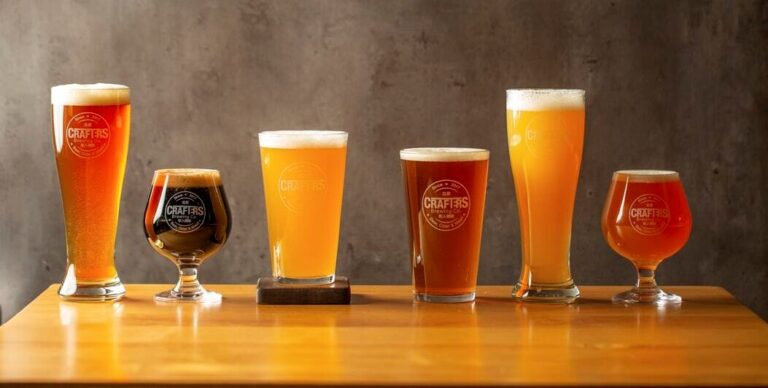
ALL AS ONE AND ONE AS ALL!
To sum things up, we hope this entices you to branch out from the pint and whatever is clean and in the home cupboard, and really try some new glassware with your favorite beers and see if they taste even better! Different glassware for a beer enthusiast definitely plays a key role in the overall enjoyment of the beer. Who knows, you might find a beer that was only alright before, and truly enjoy it now. And even if you only use the glasses a couple times a year, they sure are a great addition to your show off shelf!

